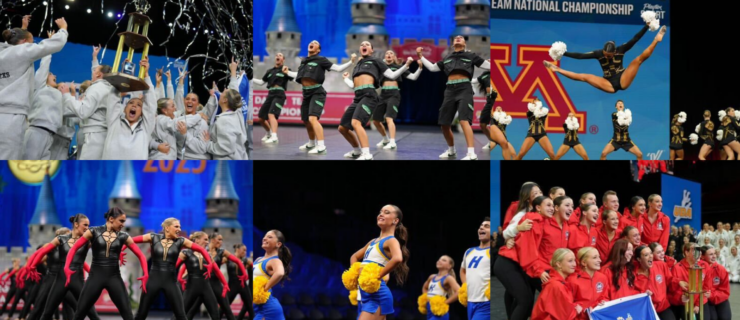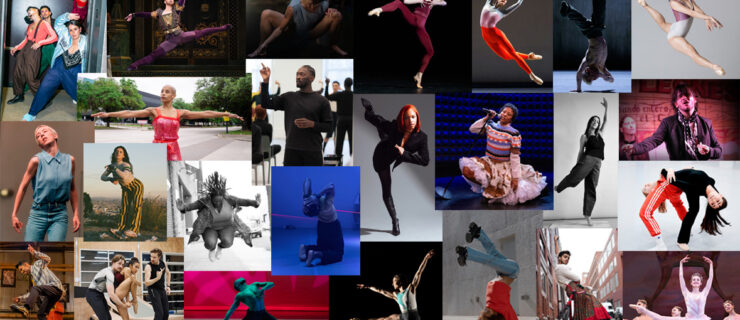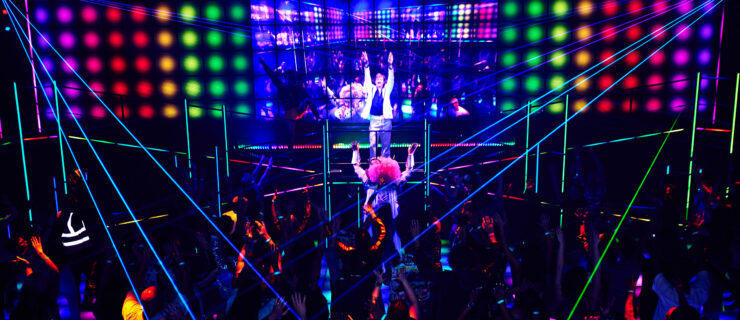How to Master Martha Graham Hands
The signature cupped hands of the celebrants in Primitive Mysteries; the clawed hands of Medea in Cave of the Heart—“Graham hands” are unmistakable and create next-level drama. Each thrust or flick enhances Graham’s larger-than-life characters. “Martha marveled over the possibilities of the hands,” says Terese Capucilli, a former Martha Graham Dance Company principal dancer who trained with Graham, and was co-artistic director of the company from 2002–05. “She used hands as an extension of the expression that inhabits the body. It’s a magnification of the energy that’s projected from the center.”
In Capucilli’s Graham technique classes at Juilliard, she ensures her students understand the connection of the hands to the core. “The arms move as an extension of the back. The hands by themselves, just placed in a position, are no longer expressive. They become superficial.”
Marnie Thomas Wood, who danced in the Graham Company in the 1950s and ’60s and currently teaches at the Martha Graham School, says, “When Martha would place her hands around the cheek of a partner, the gesture was very evocative. And her use of the heel of the hand was so strong. This was part of her rebellion, her process of doing things that other people weren’t doing.”
Over the years, Graham technique grew out of the repertory, and practitioners have codified Graham’s characterizations, preserving her focus on the fingers, wrist, palm and heel of the hand.
Cupped Hand (or “Contraction Hand”)
See it in: Primitive Mysteries, Steps in the Street, Night Journey, Clytemnestra
The most recognizable hand position in Graham technique is the cupped hand. “The cupped hand is a reflection of the torso,” says Blakeley White-McGuire, principal dancer with MGDC. “When I’m working with the movement as a deepening of the center, that reflects in the hand.”
There are two versions of the cupped hand: the formal cup and the soft, or open, cup. For the formal cup, the fingers are straight, with the thumb bent in; with the soft cup, fingertips are more splayed, with the energy coming from the heel of the hand. “For me, the formal cup absolutely required practice and thought,” White-McGuire says, “while the soft cup, pressing through the heel, was more instinctual.”
The formal cup is taught early in fundamental-level Graham technique classes, though it may take time to master. To practice creating the cup, lay your hand palm-down on a flat surface and pull your knuckles upwards.
Flat Hand
See it in: Seraphic Dialogue, Errand into the Maze, Chronicle
The flat hand in Graham technique may seem like a simple position, but it actually allows dancers to portray a variety of characters and emotions. The flat hand with fingers closed can represent heroism, like Joan of Arc in Seraphic Dialogue. The flat hand with fingers spread open, like the Minotaur in Errand into the Maze, exemplifies strength and fearlessness. “The hands are an extension of the center. The wrists aren’t broken—they’re strongly penetrating through the space,” Capucilli says.
To work on these hand positions, Capucilli asks her students to pinch the ends of their fingertips to sense the energy that emanates through them. “It resonates in every direction from the center point,” she says.



